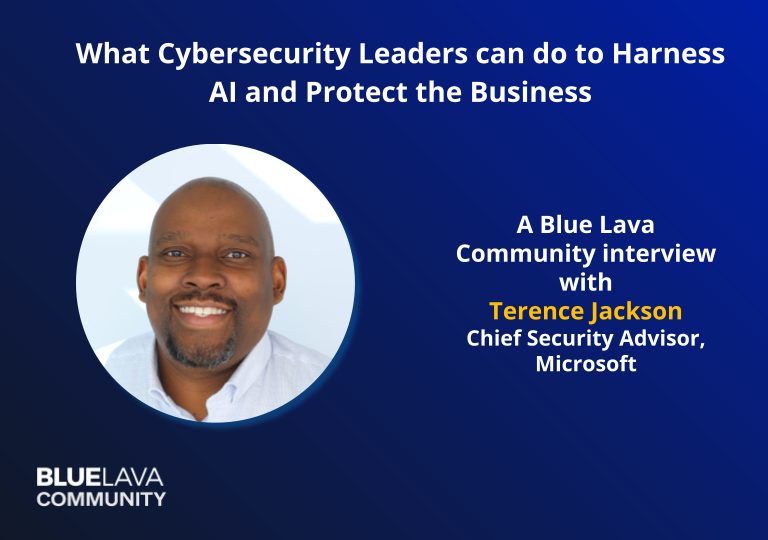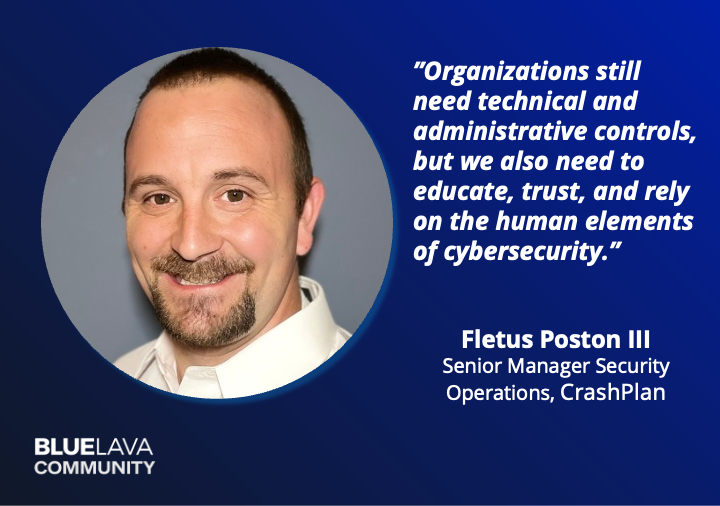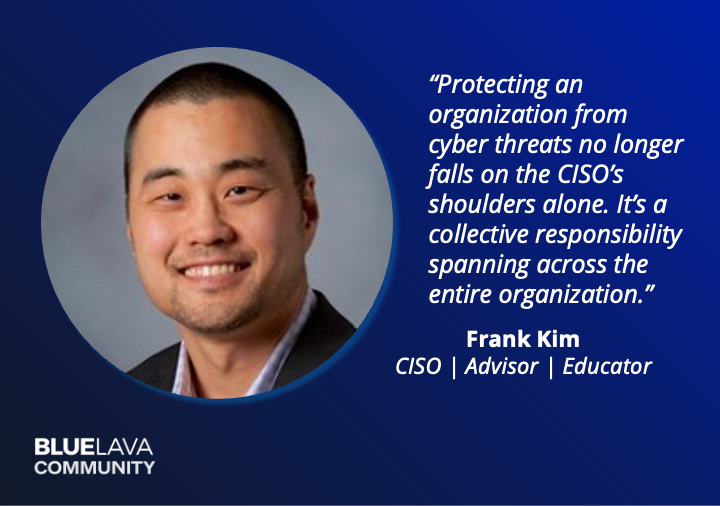

How To Build Trust as a CISO With a Zero Trust Security Policy
Blog Post
How To Build Trust as a CISO With a Zero Trust Security Policy
Veronica Wolf
January 5, 2023
How To Build Trust as a CISO With a Zero Trust Security Policy
A decade ago, few companies had a chief information security officer on their payroll. Even if they had a CISO, the role was typically limited to IT infrastructure and predominantly focused on access control. However, things have rapidly evolved since then.
Regulatory compliance, data breaches, and third-party risk management have emerged as significant business concerns across sectors. Statutes like the SEC’s rules on cybersecurity, GDPR, and CCPA are pressuring organizations to rethink consumer data privacy, causing the role of the CISO to become more prominent and adding to CISO responsibilities.
The role of the CISO has evolved from a managerial one focusing on tactical security deployments to a C-suite executive position involved in business strategies, brand reputation, and risk management. As part of this role makeover, CISOs now have to win the trust and confidence of all stakeholders — board members, C-suite executives, vendors, customers, employees, and the public.
For many CISOs, these are new challenges. Some feel as if they are building a plane as they fly down the runway. In this post, we will share strategies for building rapport and earning the respect of your colleagues, board members, and other stakeholders while creating a zero-trust security policy that offers enhanced data security protection.
What Is a Zero-Trust Security Policy, and Why Does It Matter?
The principle of a zero-trust security policy is simple: Never trust and always verify. Irrespective of whether the request comes from inside or outside the perimeter, all user requests are authorized, authenticated, and encrypted in real-time.
The zero-trust security policy offers incredible advantages compared to the conventional “castle-and-moat” information security policy. The biggest security flaw with the castle-and-moat system is that if an attacker gains access to the network, they can access all data and applications within it. This provides hackers with an easy way to exploit security vulnerabilities and cause data breaches.
On the other hand, zero-trust security protects your organization from malware and hackers while providing remote workers with the flexibility and protection to access systems from anywhere. This type of policy also simplifies your cyber security program with enhanced automation and exposes potential threats.
Earning Trust: A Top Priority for CISOs
Data security is a massive concern for businesses across all sectors. A recent KPMG survey reveals that 67% of customers say they need more transparency about how companies use their data, and 40% are willing to share personal data with companies they trust.
Given the growing importance of consumer data, it’s the responsibility of the CISO to address consumer concerns about their data and develop empathetic and trustworthy information security policies. By taking the right approach to security program management, CISOs can give consumers more control over their data and, in return, help businesses win the trust and loyalty of consumers.
Besides earning customer trust, CISOs also have to build confidence among other stakeholders – senior executives, board members, employees, and vendors – that their information security policies promote the company’s best interests. For a CISO, earning the trust of colleagues and other stakeholders is critical.
5 Steps To Building a Zero-Trust Security Culture of Trust
Here are some steps you can take to build rapport with your colleagues and earn trust as a CISO despite having a zero-trust policy:
- Communicate clearly: Communicate the goals and benefits of zero-trust security to your colleagues and stakeholders. Explain how it will help protect the organization’s assets and why it is necessary in this fast-changing remote and hybrid working environment.
- Involve stakeholders: Engage with stakeholders before implementing any updates to your cyber security program. This will help ensure that their concerns and needs are addressed and that they feel invested in the policy’s success.
- Provide training: Equip your colleagues, C-suite executives, board members, and other stakeholders with the necessary knowledge and skills to implement and follow the zero-trust policy. This may include training them to use the tools and technologies associated with the policy, as well as best practices for security. Avoid technical jargon, as this can alienate non-technical colleagues. Data security is for everyone, and your language should be inclusive to facilitate maximum adoption.
- Practice transparency: Be open and transparent about implementing and enforcing zero-trust security. This will help build trust with your colleagues and stakeholders, as they will feel informed and included in the process.
- Monitor and evaluate: Regularly monitor and evaluate the effectiveness of your information security policy and make any necessary adjustments. This will help ensure that the policy is working as intended and meeting the organization’s needs. Keep an eye out for rogue employees, and review and report all suspicious behavior to ensure a fair and secure working environment.
How Can Blue Lava Help With Trust Management for the CISO?
The CISO’s role is rapidly changing, and you must strategize and evolve quickly to achieve the best security results for your organization. Blue Lava helps you by providing a security program management platform that you can use to measure, optimize, and communicate the business value of security to executives, board members, and other stakeholders. Gather actionable data and implement appropriate security initiatives to transform security operations from a cost center to a profit center. Request a free demo to see Blue Lava in action and learn more about how we can help you.




